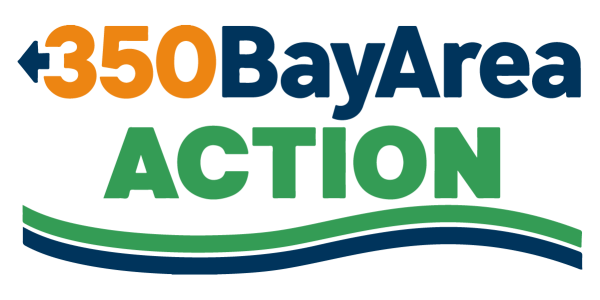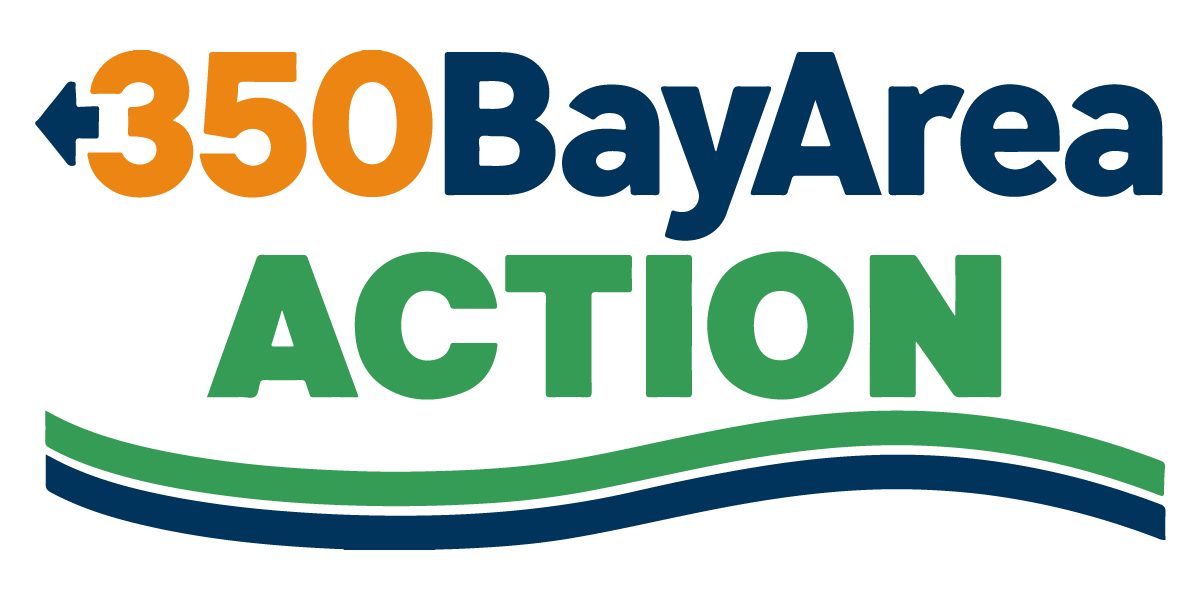SB 260 & 449: Bills to Make Big Biz Accountable for GHG Emissions and Climate Risks
Andrew Jaeger and Clair Brown, 350 Bay Area Action Legislative Team
Two bills introduced this year, SB 260 (Wiener) and SB 449 (Stern), would require major corporations to undertake new forms of public accounting with targets related to their carbon emissions or their climate-related risks. However these two bills take very different approaches, with SB 260 focused on reducing the actual carbon emissions of the large corporations, and SB 449 focused on reporting of the climate-related risks faced by the large corporations . This memo briefly compares their key features and evaluates how each bill might help California achieve its climate goals.

SB 260 is a potentially transformative bill. It would require all US firms with revenues over $1 billion that “do business” in California to:
1. Annually, comprehensively account for their direct and indirect greenhouse gas emissions from their activities around the world.
2. Set an emissions target that is “in line with the scale of reductions required to keep global warming at or below 1.50 C*.”
CARB would be in charge of designing and adopting these regulations by 2023 and 2024, respectively. The data would be audited by third parties and made available to the public.
This bill could be transformative because it would force these major firms, who sit atop globe-
spanning supply chains, to account for the emissions that are produced throughout their supply chain (Scope 3) as well as the emissions produced directly from their own operations (Scope 1) and emissions from purchased electricity (Scope 2). The emissions from the supply chain would cover the emissions from the parts the company buys to make the product. Take an iPhone, for example: the supply chain emissions would include all those caused by extracting, transporting and processing the raw materials and intermediate-stage components (like semiconductors, LCD screens), that go into the finished iPhone. On average, these indirect supply chain emissions are estimated to be over 11 times higher than these firms’ direct emissions (CDP 2021: 14). The state needs an accounting of these emissions before regulating them, and requiring that companies report their Scope 1, 2, and 3 emissions is necessary because voluntary reporting is spotty and not standardized or audited, as we see from the voluntary reporting collected by the CDP.
In contrast, SB 449 would require public US corporations with executive offices in California and revenues over $100 million to carry out and report annual assessments of the “climate-related financial risk” that they are exposed to. This risk is defined as the “risk of harm to immediate and long-term financial outcomes due to climate change” and includes the direct risks to corporate operations and the indirect risks from the company’s provision of goods and services as well as supply chain and employee health and safety. It also includes climate-related risks to real estate, investments in capital and financial assets, along with a range of other investments and shareholder value. A state board would be created to compile these reports, make them publicly available, and assess their significance for the state of California.
To be sure, SB 449 would be a helpful complement to SB 260. However, we think it is inherently weaker because reporting climate-risk is not linked to reducing greenhouse gas emissions by industry. The benefit of both bills is that they force corporations to publicly reveal more information that can later be acted on. SB 260 requires firms to report a relatively objective and simple value to the public: How many emissions are you responsible for? The political value of this metric is obvious, and understanding, comparing, and acting on this emissions data is relatively straightforward.
SB 449 asks for firms to provide a relatively subjective interpretation: what “climate risk” is your firm exposed to? These interpretations would be guided by international standards, but they are inherently fuzzier estimates, and easier to “game” than emissions accounting. For example, how much financial risk is associated with a coastal piece of real estate in Miami? Answering that question would require many, many assumptions about future actions by the different levels of government, the efficacy of technological solutions like pumps and sea walls, the actions of insurers, and on and on. The risk is not really quantifiable, and easy to skew one way or another depending on the story that the firm wants to tell.Moreover, even if these risk assessments were meaningful, the actual impact on reducing industry greenhouse gases is unclear. Also the political strategy is vague: how do you mobilize a political movement around private firms’ financial risk? Possible, but not straightforward.
California needs to reduce its greenhouse gas emissions quickly, and requiring industry to measure their emissions and have science-based targets for reducing emissions is a major step forward in reducing big corporations’ direct and indirect emissions in order to keep global warming at or below 1.50 C. Passing SB 260 will ensure that California is leading the nation in requiring big corporations to do their part in reducing greenhouse gas emissions to meet the state, US, and global targets.
Update 4/12/21: Despite growing opposition from the state’s business community, SB 260 passed out of the Senate Environmental Quality Committee with a 4-2 vote. (Ayes: Allen, Gonzalez, Skinner and Stern. Nay: Dahle, Bates. Abstain: Wieckowski). It is scheduled to be heard by the Senate Judiciary Committee on April 27th.
REFERENCES:
CDP. 2021. Transparency to Transformation: A Chain Reaction – CDP Global Supply Chain Report 2020
Andrew Jaeger <andrewbjaeger@gmail.com> is a PhD student in Sociology at UC Berkeley, and Clair Brown <clairbrown@gmail.com> is an Economics professor at UC Berkeley.
Photo: David Mark https://pixabay.com/photos/road-pavement-countryside-landscape-210913/

